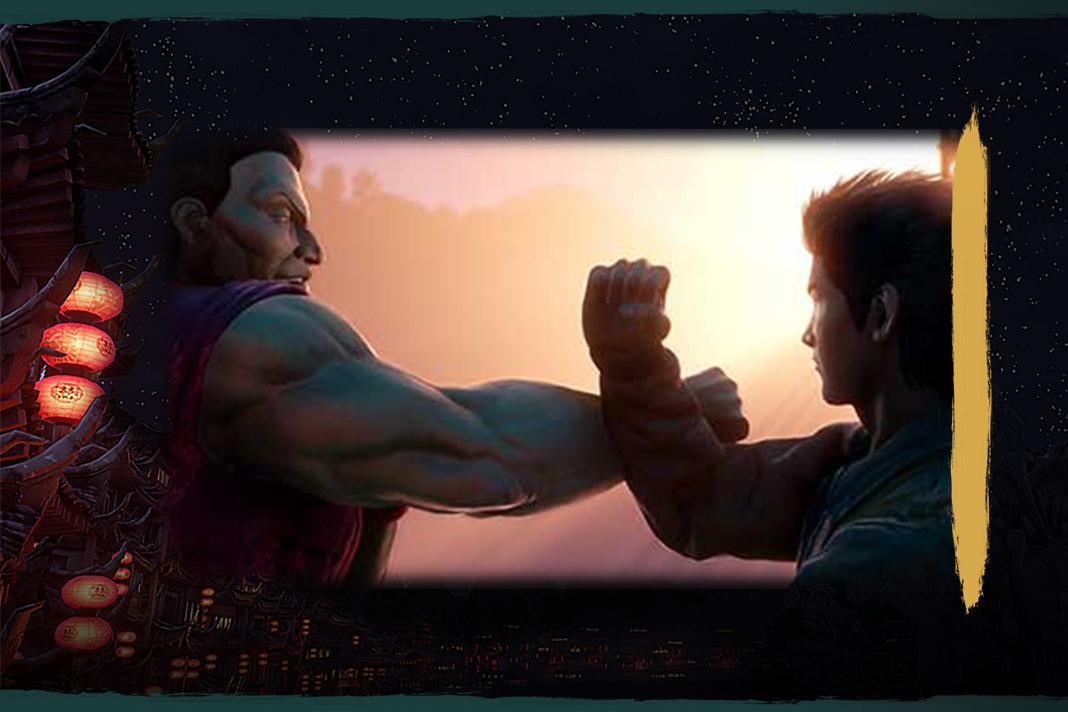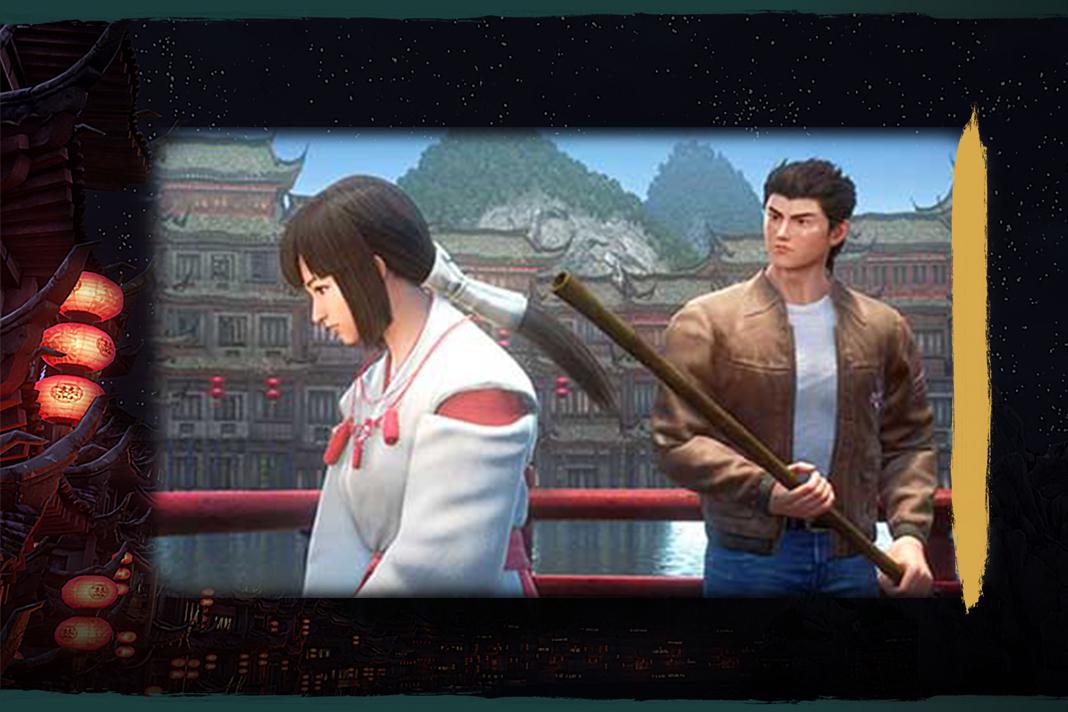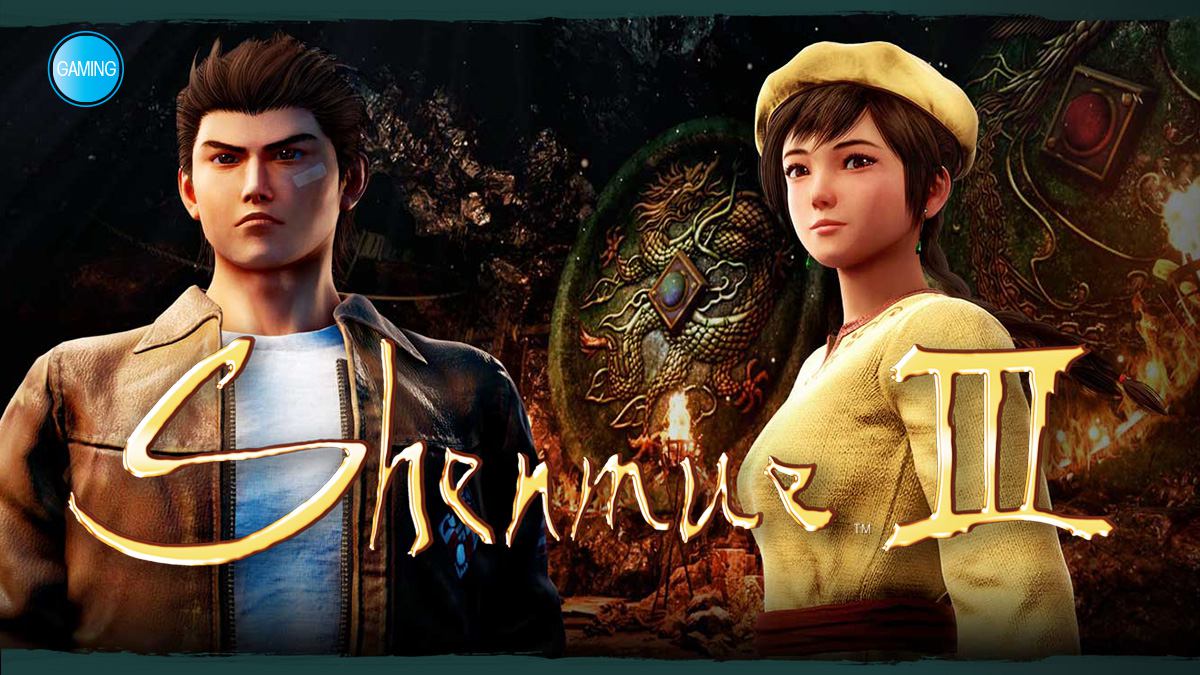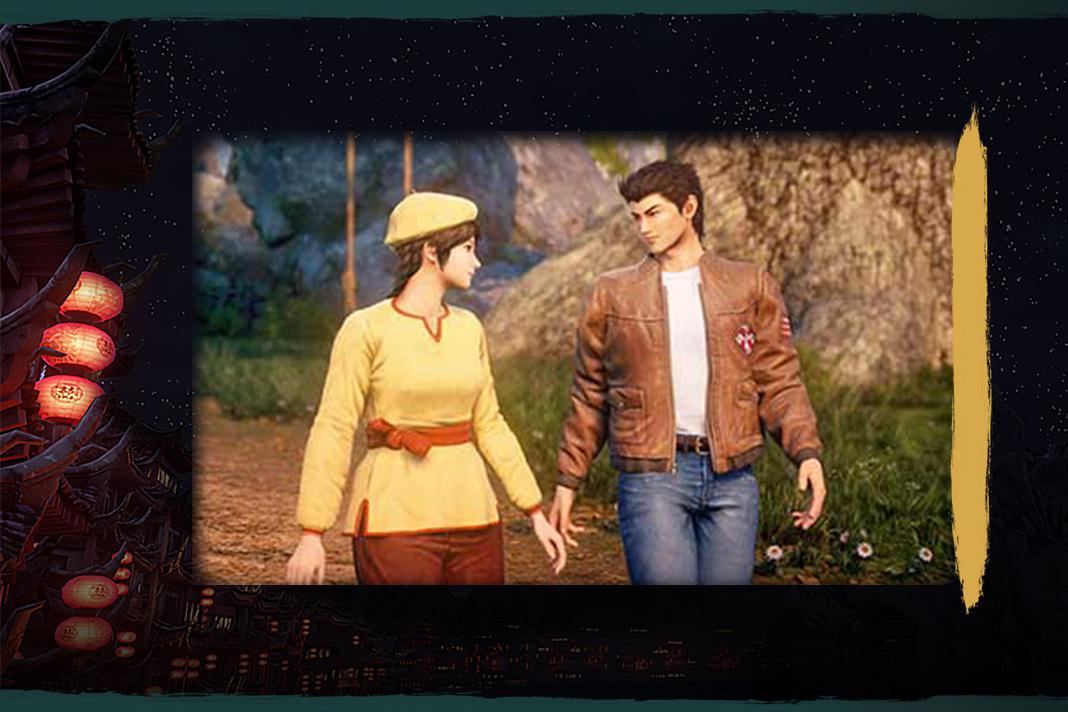Think of all the games you have had to wait for over the course of your childhood. Duke Nukem Forever is probably the most famous example of video games in development hell when it went into development in 1997. It was released in 2011 to mostly negative reviews. Other media have also suffered from long production times and being in development hell, notably Guns N’ Roses’ Chinese Democracy which was considered one of the most expensive albums ever made, with USD 13 million in production costs over 10 years of recording and multiple lineup changes when it was released in 2008. Shenmue III is another one of those games, but there were several things going for the game: it was a cult classic on the Sega Dreamcast, and game director Yu Suzuki himself continued to push for Shenmue III long after the demise.
Shenmue, much like the aforementioned Chinese Democracy, was noted for its expensive production costs, with estimates ranging from USD 47 to USD 70 million in 1999 (USD 72 million to USD 108 million in 2019 dollars). A 2015 Kickstarter campaign revived the hopes of Shenmue III; Sega also licensed the game to Suzuki’s Ys Net. Further funding came from Sony, Deep Silver, and other crowdfunding efforts. After a few more setbacks, Shenmue III was finally released on November 19, 2019, for the PC and PlayStation 4.
The game takes place in 1987. Protagonist Ryo Hazuki journeys from Japan to China to search for his father’s killer. If you have played the first two games (which are also available on PC), you may have an idea of what is already going on. Having already played the first two installments in anticipation for the third, I immediately dove in expecting much of the same. After all, Sega is no longer developing consoles in addition to software, and game director Suzuki’s personal touch resonates in Shenmue III as well.

Shenmue III holds true to its 20-year past; I have no complaints as far as story and character development goes. Many games today often hold your hand, while Shenmue III throws you into the deep end of the pool when it comes to learning how to play the game. Your stamina meter also doubles as your life meter, so you don’t want to waste time walking around towns and other areas. You have to eat before battle and grind out meaningless tasks to acquire money in the game. All in all, you’re fighting not only the enemies, but the environment as well because of that stamina-as-life meter element that Suzuki put in the game.

However, one area that Suzuki did not bring into 2019 is the combat system. While Dark Souls and even action-as-RPG games such as Final Fantasy XV have some element of challenge, Shenmue III operates more like an old-school beat-’em-up game reminiscent of Double Dragon (a much older game that also needs a meaningful reboot). There is far less satisfaction in pummeling enemies in this game compared to action games of today, although that satisfaction comes in bursts. Suzuki, after all, has had a reputation of storytelling over designing combat systems, which is characteristic of cult classics such as Shenmue.

For fans of the series, Suzuki has more games planned in the series now that the intellectual property is under his control. While we may not have to wait almost 20 years to see Shenmue IV, there are a lot of things that Suzuki can improve on in the next installment, namely the outdated combat system. There’s no doubt that Suzuki can tell a good story, but Shenmue III clings to the past far too much despite having plenty of time to develop the game and adopt it to the current era of video games. It’s a good video game for the year 1999, but the preferences of gamers have changed significantly since 1999, and thus needs a shot of the present to keep the series going.
Developer(s): Neilo, Ys Net | Publisher(s): Deep Silver
Platforms: PC, PlayStation 4
Also published in GADGETS MAGAZINE December 2019-January 2020 Issue
Words by Jose Alvarez

